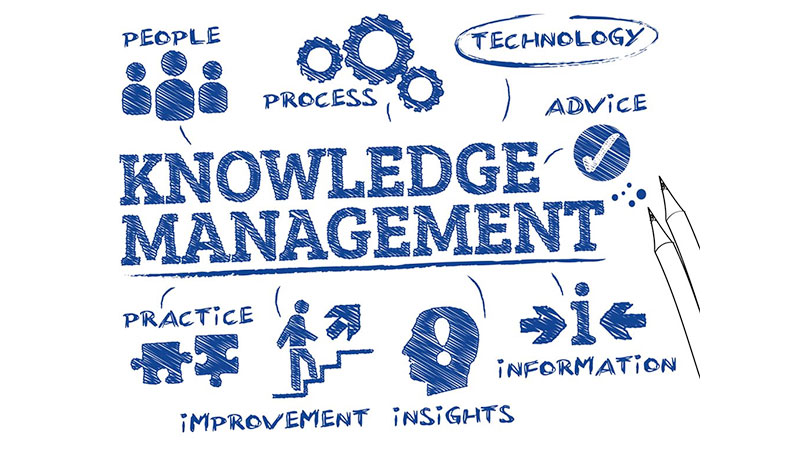
" data-"http://www.elite6.co.nz/wp-content/uploads/2019/04/Lucette-Hogg-Alama-Documentation-1-50x50.jpg 50w, http://www.elite6.co.nz/wp-content/uploads/2019/04/Lucette-Hogg-Alama-Documentation-1-66x66.jpg 66w, http://www.elite6.co.nz/wp-content/uploads/2019/04/Lucette-Hogg-Alama-Documentation-1-75x75.jpg 75w, http://www.elite6.co.nz/wp-content/uploads/2019/04/Lucette-Hogg-Alama-Documentation-1-100x100.jpg 100w, http://www.elite6.co.nz/wp-content/uploads/2019/04/Lucette-Hogg-Alama-Documentation-1-200x200.jpg 200w, http://www.elite6.co.nz/wp-content/uploads/2019/04/Lucette-Hogg-Alama-Documentation-1-230x230.jpg 230w, http://www.elite6.co.nz/wp-content/uploads/2019/04/Lucette-Hogg-Alama-Documentation-1.jpg 240w" data-sizes="auto" data-orig-sizes="(max-width: 240px) 100vw, 240px" />Knowledge management (KM) is the process of capturing, sharing, filtering, optimising, using and managing knowledge and information. And yes, you should have a strategy!
Even a short section in your business plan will at least get you thinking about the topic. A good KM strategy will enhance the profitability, efficiency and resilience of a business.
Some of the drivers for knowledge management could be:
-
Efficiency: are you trying to move work from one person to another in order to reduce costs, redistribute duties or create contingency for when a key person is off sick?
-
Productivity: are you trying to improve the overall level of productivity of the group by challenging processes and looking for smarter ways to do things?
-
Risk mitigation: are you trying to minimize the risk associated with brain drain and staff turnover?
-
Revenue: are you building a new product in order to increase or protect revenue?
-
Grooming pre-sale: are you trying to increase the value of your business by capturing IP and presenting a turn-key revenue generator?
-
Agility / innovation: are you trying to enhance agility, adaptability and innovation?
Your KM strategy should outline how you to align, focus, test and drive KM efforts. A KM strategy should flow out from the business plan objectives and increase awareness and understanding of how KM will assist in achieving company goals from the perspective of each team member.
Picture
The outcomes of a knowledge management strategy typically consist of:
-
work-flows or process maps
-
technical manuals
-
intranets or portals (knowledge bases)
-
eLearning tools
-
scheduling and HR tools / applications
-
shared drive policies and maps
-
videoconferencing tools
-
development of new areas of knowledge
-
upskilling in information and knowledge capture (e.g. technical writing).




Knowledge is power. Having some idea about how something works is always better than have none.